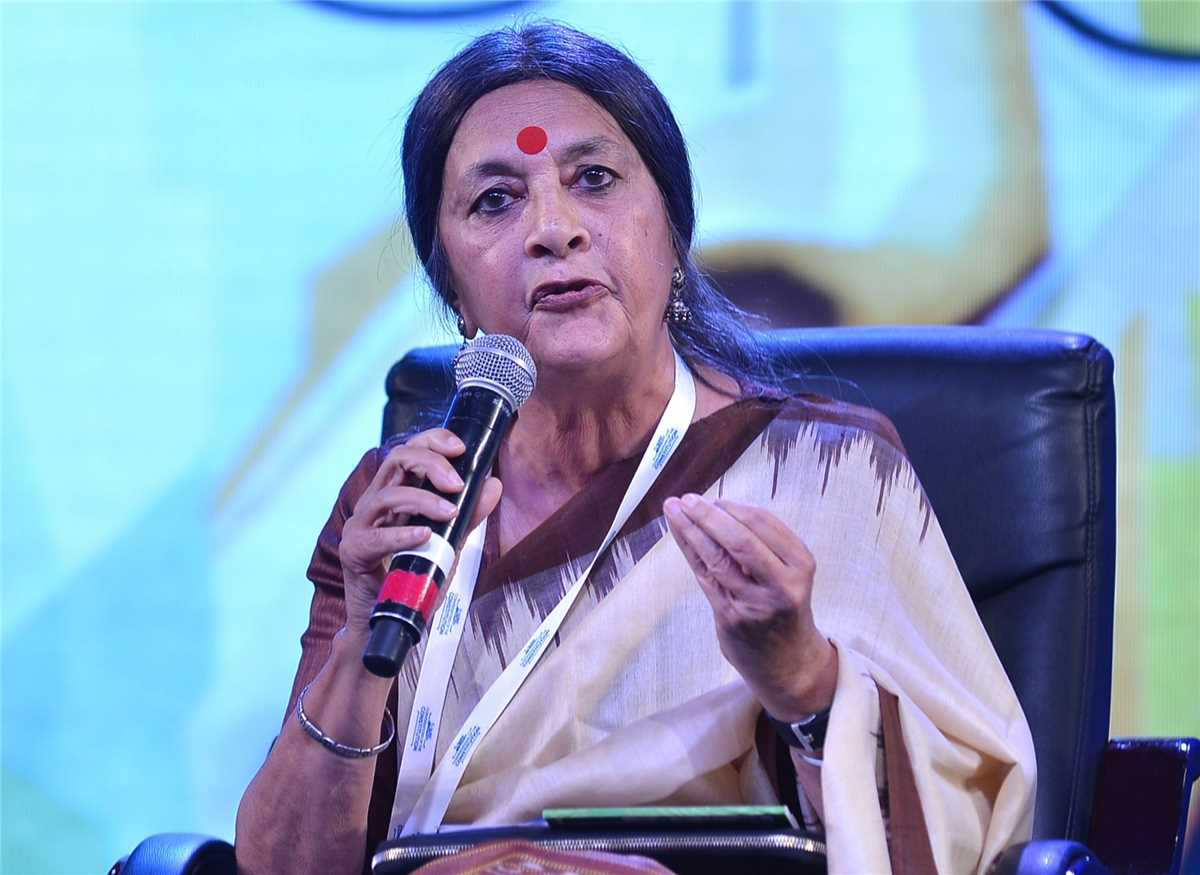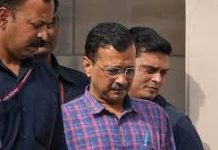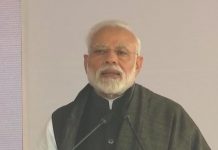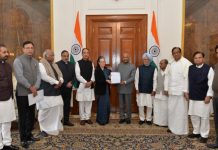
Raising the marriage age, the Government says, is key to gender equity and justice. However, as it will apply to all communities and, once enacted, will supersede existing marriage and personal laws, it is set to trigger a debate in the country. A report by Shveta Mishra
Bringing the girls on a par with the boys, there is a move afoot to amend the Prohibition of Child Marriage Act, Special Marriage Act and the Hindu Marriage Act to increase the minimum lawful age of marriage for women from 18 years to 21 years. The legal age of marriage for women is being raised by the Union Government on the recommendations of the Jaya Jaitly Committee that was constituted in June 2020. It indeed is the bedrock of progressive social reforms as it empowers women with an awareness and ability to stand up against the existing patriarchy or the male-dominated society.
At 18, a girl is generally just in school or a just passed out from school and entering as a bride in the marital home with no knowledge of motherhood or related health issues has a direct bearing on child-bearing and long-term family health and, in turn, of society. Surely raising the legal age of marriage for women is a step forward, but the question is will it be suffice to address the multi-pronged and complex realities still breeding on the ground. Don’t young girls deserve awareness and economic independence after attaining skillful training and getting a job.
Introduced in Lok Sabha by Smriti Irani, Union Minister for Women and Child Development, the Bill which proposes amendments to the 2006 law has now been sent to a Parliamentary Standing Committee for further discussion. She said the proposed legislation was secular. “All women from all faiths, under Hindu Marriage Act or the Muslim Personal Law, should get equal rights to marry”. Members of the Congress and other Opposition parties opposed the Bill and questioned the “haste” with which it had been brought to the House.
Brinda Karat, a Politburo member of the CPI(M) and a former Member of the Rajya Sabha, observed, “There are so many important issues that require deeper consideration”. She quipped that a woman is considered an adult at the age of 18. All laws that apply to adult citizens, including criminal laws, will apply to a woman at the age of 18. She is held responsible for the actions she takes. Between the ages of 18-21, a woman is old enough to be sentenced to a jail term in an adult prison, but according to the proposed Bill, she is too young to exercise a choice to get married. This is not women’s empowerment. This is women’s infantilization. Adulthood is not divisible. It is wrong to deny an adult woman a choice in decisions of marriage. This will effectively illegalise the self-choice marriages young adult couples make, often breaking caste and community barriers. The Bill is against the principle of autonomy in matters of personal choice that an adult woman enjoys under the law today and which has been upheld in judicial pronouncements.
Moreover, young women in India are scripting a change, developing more agency in decisions concerning their lives than earlier. There is much more questioning and even resistance to the idea of early marriage among them, and instances of the rebellion of adolescents against parental and social pressures have made headlines. This pushback from young women is one of the reasons why the mean age of marriage in India has increased to 22.1 years (MOSPI 2019). So why use punitive measures when the trend of a later age for marriage is significantly improving and, in fact, is voluntary? Guaranteed employment opportunities and access to education are critical factors in providing an enabling environment for young women to make informed choices, rather than criminalizing marriages for girls between the ages of 18-21. The irrationality is similar to that behind the draconian laws suggested by some of the BJP-led governments for population control when the fertility rate of women is already declining.
Some people ask what is wrong with raising the age of marriage. But what is the reality? When India still has a fairly substantial number of child marriages below the age of 18, the priority should and must be to address the causes. The National Family Health Survey tells us that even though the number of child marriages decreased from 27 per cent to 23 per cent in the last five years, the decrease is sharper in urban areas, while in rural India, more than every fourth woman in the age group 20-24 was married before she was 18. The reasons are well-known. The pandemic highlighted the direct links between economic distress and disastrous social consequences in which children become the victims. During the months of lockdown from March to May last year, a child helpline supported by the Ministry of Women and Child Development received over 5,200 calls of child marriages which they prevented.
It is mainly daughters of the poor who are married before 18. Marrying them off early is seen as a solution to deal with poverty, escalating dowry demands, the haunting fear of sexual assault of their daughters. Child marriages continue to have cultural sanction that promote patriarchal views of daughters as “paraya dhan” (someone else’s wealth) or as a guardian fulfilling his sacred duty to hand over the girl, chastity protected, to her husband.
The present ruling dispensation is quite comfortable with these cultures. States which have ensured higher levels of access to education for girls have successfully addressed the challenge of child marriage, for example in Kerala. India changed its legal age of marriage from 15 years for a girl and 18 for a boy to 18 years and 21 years respectively in 1978. These laws apply to all communities as the Courts have repeatedly held that no personal law can override laws that prohibit child marriage. Yet, in these 43 years, when we have failed to eliminate child marriages with an eligibility age of 18 years, raising the age of eligibility to 21 years will only mean that a much larger section of the population, mainly the poor, will face punitive measures.
The government claims that behind its move is its concern for the health status of young women who become mothers early, and that by raising the marriageable age to 21, it will prevent childbirth and protect their health. This is sheer hypocrisy. Maternal and infant mortality, malnutrition, are serious problems linked to public policy. The government is cutting down funds on public health, it is privatizing the health sector, it is refusing to expand the system of food security even while prices of food items are increasing – and then, it expresses concern for women’s health. Instead of taking responsibility to increase expenditure on health and education, it wants to curb the rights of adult women in the name of reproductive health.
We are expected to accept government claims that by raising the age to 21, it will equalize the marriageable age of men and women, which is a step towards women’s empowerment. If the government is so keen, why does it not accept the suggestion made by the Law Commission in 2008, to keep the eligible age at 18 for both men and women? If the government is really interested in women’s empowerment in the realm of personal relations, there are far more important and meaningful steps it could take such as a separate law against “honour crimes”, a law recognizing marital rape as a crime, putting an end to its efforts to dilute the laws against domestic violence, to give a few examples.
In most countries across the world, there is no differentiation between the majority age which is 18 years, and the eligible age for marriage. India is a signatory to the resolution adopted by the United Nations General Assembly in 1989 which recommended 18 years as the minimum age. The reasons given by the government for going against this global consensus are not convincing and will prove to be counter-productive.
The Bill states: “In section 1 of the Prohibition of Child Marriage Act, 2006 (hereinafter referred to as the principal Act), in sub-section (2), after the words “citizens of India without and beyond India”, the words, figures and brackets “notwithstanding anything contrary or inconsistent therewith contained in the Indian Christian Marriage Act, 1872; the Parsi Marriage and Divorce Act, 1936; the Muslim Personal Law (Shariat) Application Act, 1937; the Special Marriage Act, 1954; the Hindu Marriage Act, 1955; and the Foreign Marriage Act, 1969, or any other custom or usage or practice in relation to marriage, under any other law for the time being in force” shall be inserted.” The amendment proposed to define a child states: ‘(a) “child” means a male or female who has not completed twenty-one years of age’.
Irani told the House: “I understand the social, cultural, familial and sentimental issues associated with this decision. I wish to myself propose, on behalf of the government, that this be discussed in detail in the Standing Committee. On behalf of the government, I would request that this Bill be sent to the Standing Committee.” Replying to the criticism, Irani said, “We are 75 years late in providing equal rights to men and women to enter into matrimony. In the 19th century, the marriageable age for women was 10 years. By 1940, it was increased to 12-14 years. In 1978, women who reached the age of 15 were married. For the first time, through this Bill, men and women, keeping in mind the right to equality, can decide on their marriage.”
AIMIM’s Asaduddin Owaisi said it was in violation of fundamental rights under Article 19. ET Mohammed Basheer of IUML said the Bill was unconstitutional and was violative of Article 25 of the Constitution. “This is an attack on personal law and fundamental rights in this country,” he said. The Congress, the NCP, DMK, Shiv Sena and TMC too have raised questions over the Bill.











